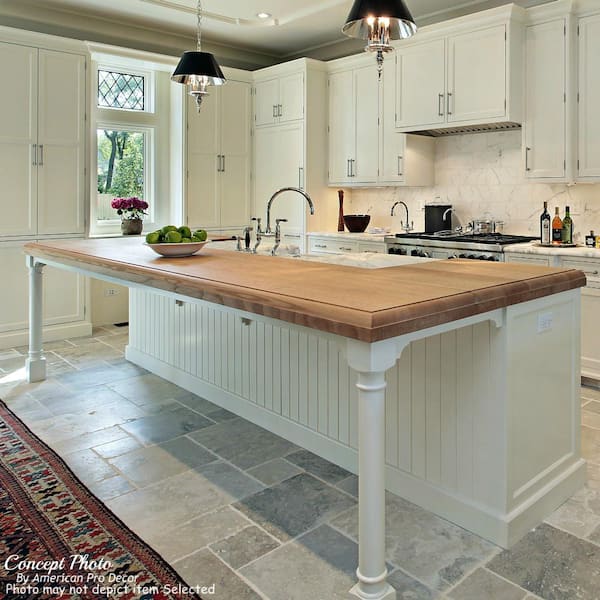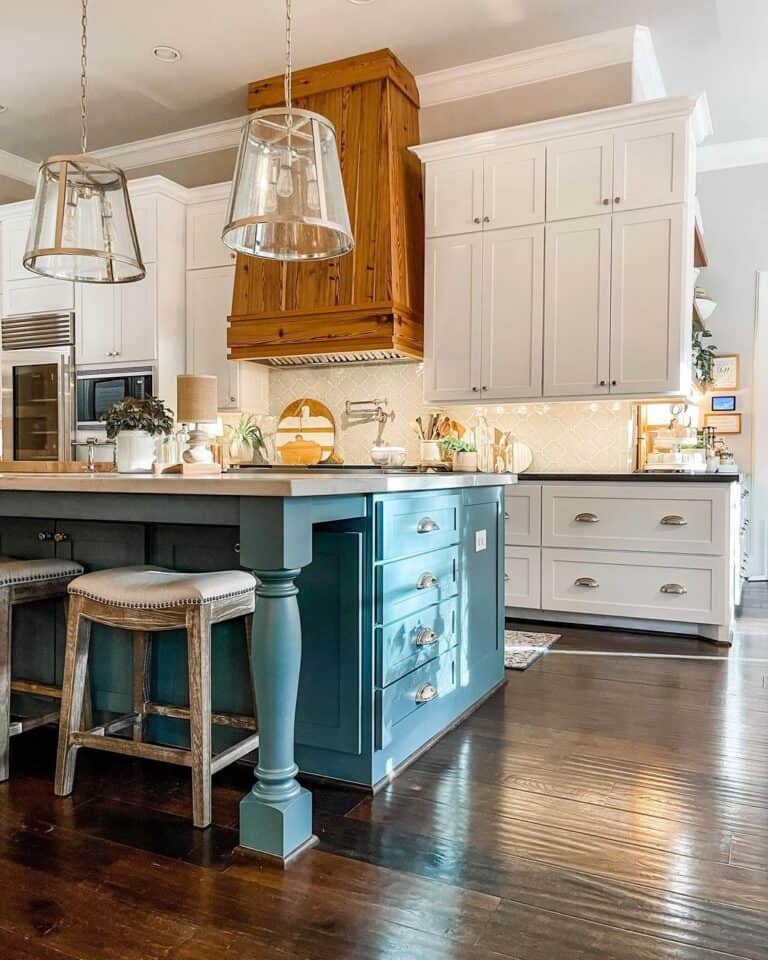Distinct Kitchen Island Legs for a Personalized Kitchen Look
Distinct Kitchen Island Legs for a Personalized Kitchen Look
Blog Article
Crucial Tips for Selecting the Perfect Table for Your Kitchen
Choosing the perfect eating table for your kitchen is greater than simply a matter of preference; it necessitates an extensive understanding of your room and requirements. Begin by determining your available room to guarantee ample clearance for movement. The shape of the table plays a pivotal duty; while rectangle-shaped tables fit larger locations, round ones foster intimacy, and extendable alternatives provide flexibility. Material option is similarly important, with woods offering sturdiness and glass financing a modern-day touch. Finally, the table needs to balance with your kitchen's appearances and fit your household easily. What other elements might influence this important choice?
Measure Your Area
Picking the suitable eating table begins with a meticulous assessment of your available area. This fundamental step ensures that the table not only fits comfortably within the area however also complements the overall layout and functionality of your dining area.
Consider the circulation of movement around the table. It is important to leave adequate space for chairs to be taken out and for individuals to walk around the table without blockage. A basic guideline is to allow at the very least 36 inches of clearance from the side of the table to the local wall or item of furnishings. This ensures ease of access and comfort throughout meals.
In addition, consider the number of people you typically delight and whether you require added area for visitors. Choosing an extendable table can provide flexibility, permitting you to suit varying varieties of restaurants. By accurately determining your space, you lay the foundation for selecting a table that boosts both the aesthetic appeals and capability of your eating location.
Choose the Right Forming

On the other hand, round tables are outstanding for smaller sized cooking areas or intimate events, as they promote discussion by permitting every person to deal with each various other. They also offer a sense of coziness and can fit well in tighter spaces due to their lack of sharp corners. Oval tables use the most effective of both globes, integrating the length of rectangle-shaped tables with the intimacy of rounded ones, making them versatile for various setups.
Square tables are another alternative, particularly matched for square-shaped rooms. They produce a modern and balanced look, cultivating an equal eating experience for all seated.
Product Factors To Consider
When choosing a table, material considerations are paramount in determining the table's resilience, upkeep requirements, and overall visual. Wood is a timeless selection, offering ageless charm and toughness. Woods like mahogany, oak, and walnut are specifically resilient, though they can be costly. kitchen island legs. Softwoods, such as ache, are much more economical but may be vulnerable to scratches and dents.
Glass-topped tables provide a modern-day, smooth look and can make an area appear bigger as a result of their transparency. They need frequent cleaning to avoid spots and finger prints. Furthermore, solidified glass is suggested for its added toughness and safety.

Lastly, composite materials like Find Out More MDF (Medium-Density Fiberboard) or plywood are affordable options. These materials can mimic the appearance of solid wood but may not supply the exact same durability. They are typically less complicated to tidy however can be prone to water damages if not correctly sealed.
Ultimately, the selection of material must line up with your kitchen area's design, your way of life needs, and your spending plan restrictions. (kitchen island legs)
Seating Ability and Convenience
How do you figure out the appropriate seating ability and comfort for your eating table? This vital step involves analyzing both the physical area available in your kitchen and your home's practical requirements. Begin by determining your kitchen area to ensure the table fits conveniently, allowing at the very least 36 inches of clearance around it for very easy motion. Consider the number of people who usually eat with each other, as this will certainly influence the table dimension. For a household of four, a rectangular table of 48 inches long or a round table with a 48-inch size is typically sufficient.
The height of the table need to preferably be around 30 inches, providing a well balanced ergonomic position for seated restaurants. Chairs ought to have a seat elevation of 18 to 20 inches to guarantee a comfy eating pose.
Design and Aesthetic Appeal
Selecting a dining table that suits your design and aesthetics entails balancing individual taste with the existing decoration of your eating room. The table is often the focal point of the cooking area, and its design should complement the overall theme of the space. Whether your kitchen flaunts a contemporary, minimal look or a rustic, farmhouse charm, the table you choose need to harmonize with these aspects to develop a natural and inviting ambience.
Consider materials meticulously; wood offers a classic appeal and can vary from rich mahogany for a conventional aim to lighter oak for a contemporary feeling. Metal and glass tables, on the various other hand, can introduce a smooth, industrial side to your kitchen. Don't neglect the table's shape-- rectangle-shaped tables are timeless and flexible, while round and oblong choices can foster a much more intimate eating experience.
Additionally, pay very close attention to finishes and information. A troubled finish might include personality and heat, whereas a glossy surface can browse around this web-site add to a clean, modern-day aesthetic. Ultimately, your table must not only healthy seamlessly into your kitchen area's design yet likewise mirror your personal design, boosting the area both functionally and visually.
Conclusion
Finally, choosing the optimal table for a kitchen area requires cautious evaluation of room, shape, product, seating ability, and try this web-site visual consistency. Guaranteeing a minimum clearance of 36 inches helps with comfortable activity, while the choice of form improves spatial dynamics. Material option influences toughness and style, making it important to align with the kitchen area's general visual. Eventually, an appropriate eating table cultivates an inviting atmosphere and accommodates the household easily, hence improving the eating experience.

When picking a dining table, material factors to consider are critical in figuring out the table's durability, maintenance needs, and overall aesthetic. For a household of 4, a rectangular table of 48 inches long or a round table with a 48-inch diameter is normally sufficient.
Don't overlook the table's form-- rectangle-shaped tables are versatile and traditional, while round and oblong choices can foster a more intimate eating experience. kitchen island legs.
Report this page